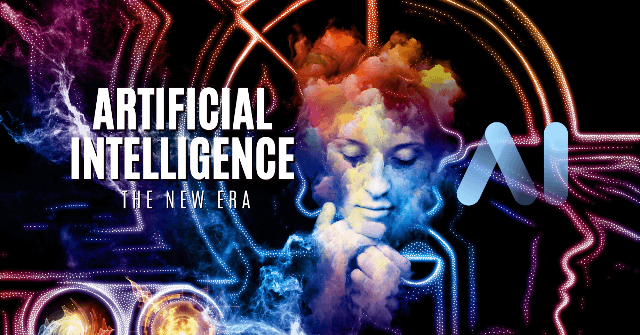When we see how a website changes from one language to another in milliseconds or how self-driving cars work without any driver. These are the products of deep learning and artificial intelligence.
What is Deep Learning
It’s a part of machine learning. It uses neural networks also known as multilayered algorithms to perform, recognise patterns and make complex decisions like humans.
It requires a large amount of data to work. Once it was trained properly then in the future it can work by itself and make predictions for the future. For example in image recognition, once the programme is trained on the pictures of cars then it can be used to recognise cars in new pictures.
Nowadays, we are using deep learning in many different fields.
It allows refining and accuracy in performance. For example translation of different languages, detection of objects etc. One of the best examples is Self-driving cars made by Tesla. They are trained on the data of traffic signals, driving techniques, traffic rules, signs or pedestrians.
Deep Learning vs Machine Learning
Here is a simple comparison of deep learning and machine learning.
| Deep Learning | Machine Learning |
| It analyses datasets, gives logics like humans. | Computers learn to generalize and make decisions without guidance. |
| It is a part of machine learning | It is a part of Artificial Intelligence |
| It requires large amount of data ( structured or unstructured ) to work | It can works on small datasets |
| Human interaction is not needed as it learn on its own | Human interaction is needed if there is any error |
| It uses unstructured data, automatic features, and multilayered neural networks like convolutional Neural Networks(CNN), recurrent neural networks (RNN) and long short term memory (LSTM). | It uses structured data, hand crafted features and traditional algorithms like decision trees, and support vector mac. |
| Calls For high performance computing | Low-performance computing |
How deep learning works
Deep learning works by using many neural networks that have many layers (that’s why it’s”deep learning”) to analyze and make complex decisions. Here’s a breakdown of how these neural(s) work:
Neural Networks:
Artificial neural networks are designed just like the human brain’s structure. One single neural network consists of different layers of artificial neurons, where they transform the whole data.
Layers:
- Input Layer: It’s the first layer that receives the input data (e.g., images, text).
- Hidden Layers: These are called hidden layers because these layers are between the input and output layers. They perform data processing and transformations. The “depth” / “capabilities” of this learning model comes from having multiple hidden layers.
- Output Layer: This last layer produces the final results(e.g., classification results).
Activation Functions:
After processing the data in all of the layers, the output is analyzed with the help of activation functions like ReLU, and softmax to enable distortion that allows the networks to learn complex patterns and connections.
Forward Propagation:
The network transforms input data into an output result which is then compared against the actual target output. This comparison between these two is called the loss (error) that guides the learning process and analyses how well the model’s predictions match the actual outcomes.
If the predictions don’t correspond to the outcomes then to improve the model’s performance, the deep learning algorithm uses backpropagation, a technique that tells the model how to adjust its weights to reduce error. Algorithms like Stochastic Gradient Descent (SGD) or RMSPROP are used for weight optimization.
Training:
In training the above steps are repeated for many times until the model’s loss (error) stabilizes or improves minimally. Once trained properly, the outcomes are used for inference, where new data is predicted.
Types of Neural Networks
In the above section of my article, I have discussed how neural networks perform their tasks. In this section, I am explaining their types. Let’s learn further.
Feedforward Neural Networks (FNN):
It is the simplest network in which data progresses from one direction (input layer) to another (output layer)—without any cycles. Programmers and developers use FNNs for regression and classification of data.
Convolutional Neural Networks (CNN):
CNNs are best for image and video processing. These networks use convolutional, pooling and connected layers to extract features from the data. They help in image recognition, object detection and that makes them ideal for computer vision.
Recurrent Neural Networks (RNN):
RNNs are designed for serial data like time series and natural languages. The recurrent neural(s) store memory to process sequences and retain information. Therefore, they are used for natural language processing (NLP), spoken language understanding, and serial data analysis.
Generative Adversarial Networks (GAN):
These networks have a generator and a discriminator that are trained through adversarial processes to create realistic data. So, GAN(s) are used in image synthesis, image translation and data transformation.
Autoencoders:
These are two unsupervised learning models made up of an encoder and a decoder to compress and reconstruct the data which is used for dimensionality reduction and anomaly detection.
Conclusion
AI is becoming advanced day by day. We are getting amazing applications of AI. Algorithms, data, neural networks and strenuous work of developers are behind its advancement.
Ideas Cascade is here to provide basic understanding, knowledge and insights on the topic of AI. So stay connected with us. We are here to make AI your friend.



